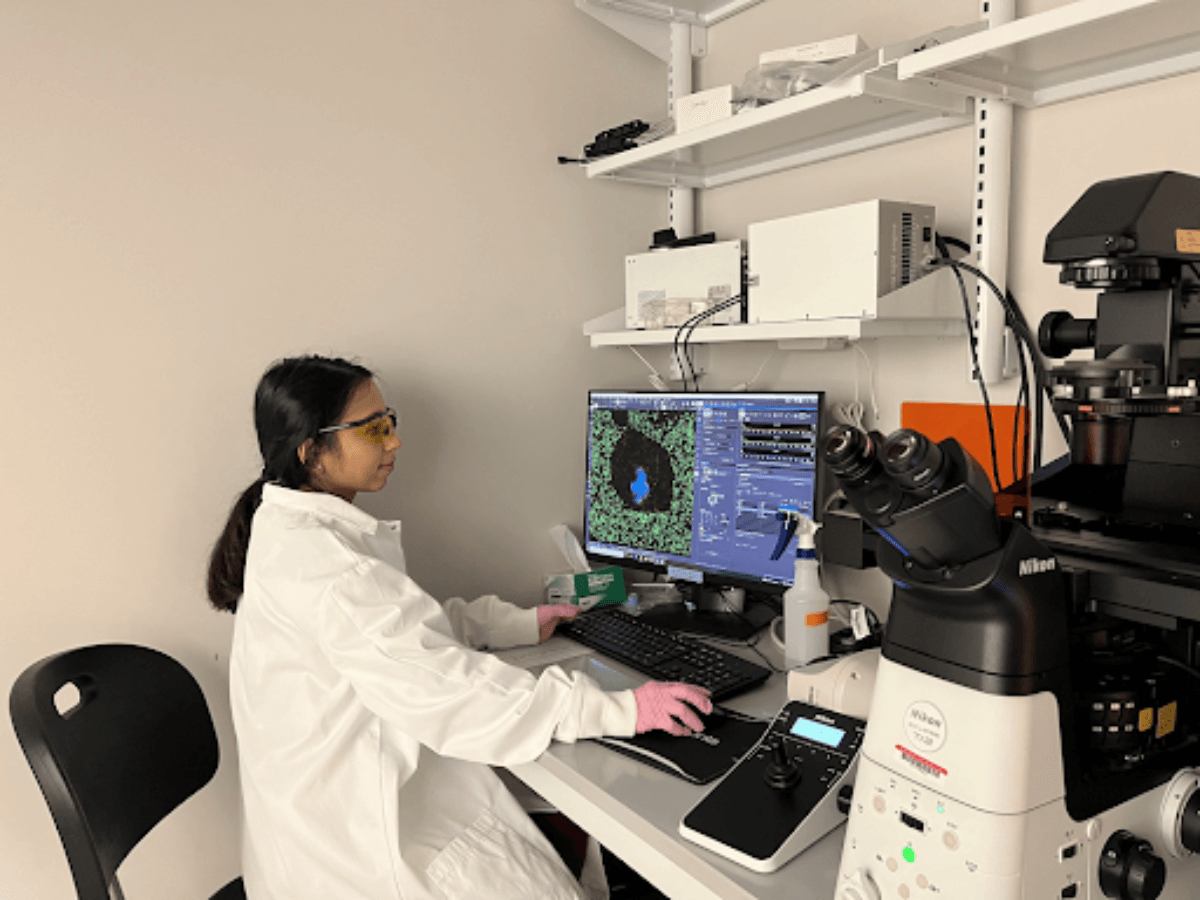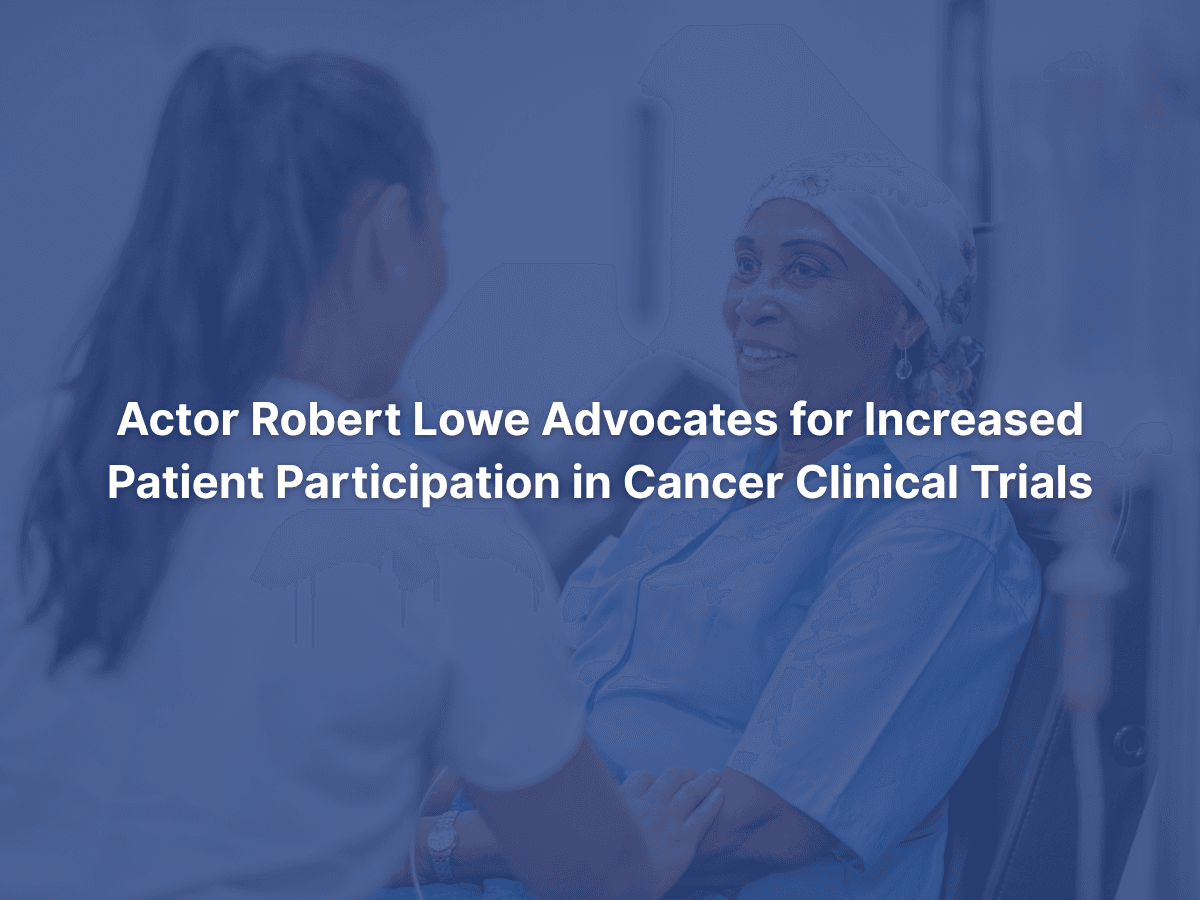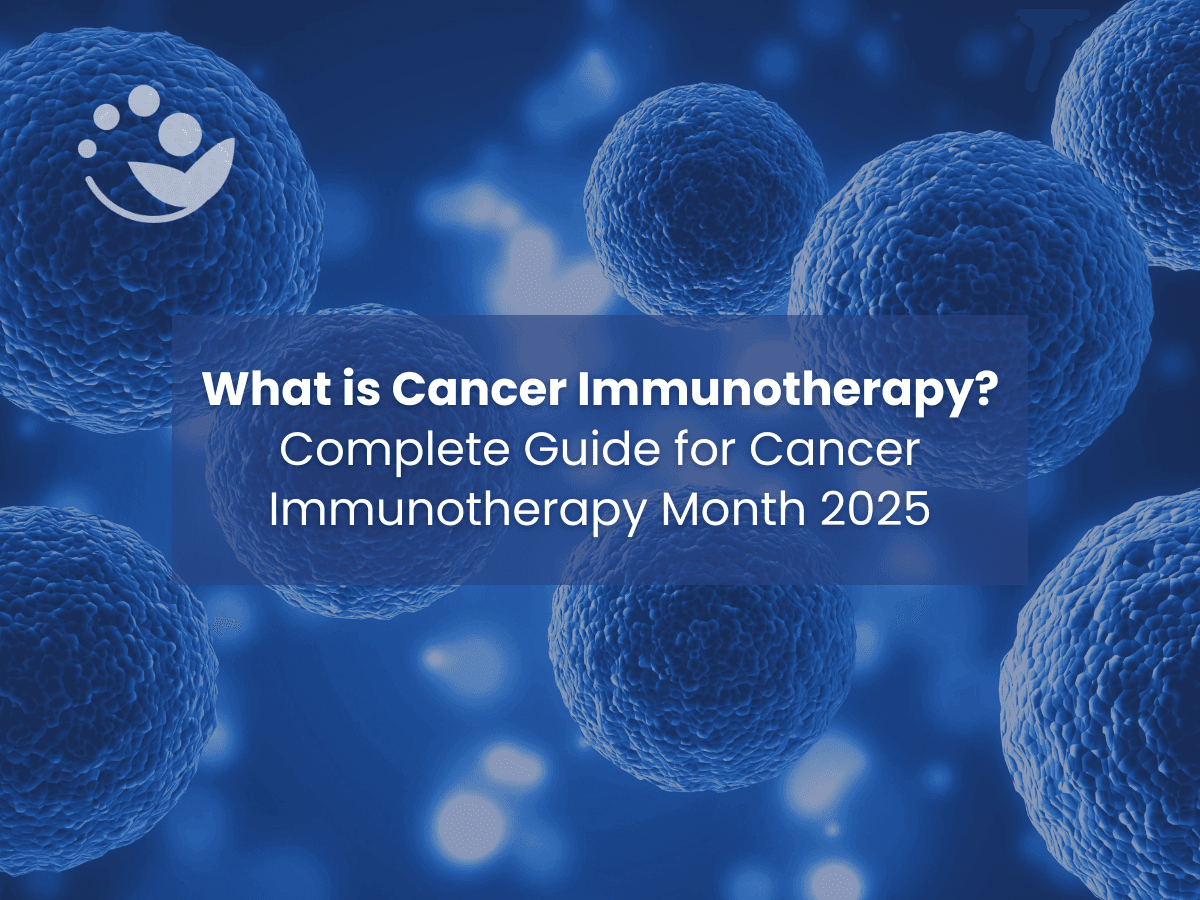
The Cancer News
AN AUTHORITATIVE RESOURCE FOR EVERYTHING ABOUT CANCER
What to Know About Glioblastoma Awareness Day 2025

Did you know that glioblastoma is the most common malignant brain tumor, accounting for about 48% of all cases? It causes an estimated 10,000 deaths per year in the United States and 200,000 deaths worldwide
Glioblastoma Awareness Day is observed each year on the third Wednesday of July. This day was introduced by a bipartisan group of U.S. senators in response to the death of well-known political figures who succumbed to glioblastoma, including John McCain, Ted Kennedy, and Beau Biden.
What is Glioblastoma?
Glioblastoma is the most common and deadliest type of brain cancer. About 90% of people diagnosed with glioblastoma do not survive beyond five years. Classified as grade 4 (most serious) astrocytoma, this tumor originates from star-shaped brain cells called astrocytes, which support nerve cells. When these astrocytes experience genetic changes that disrupt their normal function, glioblastoma develops. These changes enable the astrocytes to grow uncontrollably, bypassing the body’s natural defenses.
As the tumor forms, it contains a specific group of cells known as glioma stem cells, which can multiply, adapt, and resist treatment. These stem-like cells are particularly aggressive and significantly contribute to tumor growth and recurrence after treatment. The tumor also creates its own blood supply by forming new blood vessels, helping it survive and spread. As it grows rapidly, parts of the tumor become deprived of oxygen, resulting in areas of dead tissue.
Global Trends in Glioblastoma: Incidence, Outcomes, and Health Disparities
Glioblastoma affects people differently around the world. Based on data obtained between 2011 through 2015, about 2-3 people per 100,000 are diagnosed with glioblastoma each year in the United States and Europe. Glioblastoma cases appear to be increasing globally, while survival rates remain poor. The disease shows a distinct trend across different populations. For example, non-Hispanic whites have twice the risk of developing glioblastoma compared to African Americans, while Asians and American Indians have lower rates. These differences may reflect genetic factors, environmental exposures, or access to healthcare in various regions. Mortality rates also vary significantly by race, with the highest rates among caucasian patients.
Notably, the estimated prevalence of brain tumors, including glioblastoma, has increased in recent decades worldwide. However, reported prevalence is lower in low- and middle-income countries (LMICs) compared to high-income countries (HICs), likely due to underdiagnosis and underreporting. Moreover, outcomes in LMICs are worse due to delayed diagnosis, limited access to care, and inadequate treatment infrastructure. In addition, shortage of neurosurgeons and oncologists, increased pollution, and an aging population may contribute to poorer outcomes for patients living in these regions. Addressing these gaps through targeted policy changes, investment in healthcare systems, and greater international collaboration to improve access will be critical. This will help ensure that all patients receive the best possible care, regardless of their background or location.
Glioblastoma Risk Factors: Who Is Most Likely to Be Affected?
The etiology of glioblastoma remains unknown in most cases. However, researchers have reported multiple established risk factors for glioblastoma development, the majority of which are linked to age, male gender, ionizing radiation, and certain genetic syndromes. Although it can occur at any age, glioblastoma generally impacts older adults between the ages of 45 to 70. Having a family member with a history of the disease can also increase the risk of development. Also, men are 1.6 times more likely to develop this cancer than women. The strongest and only known modifiable risk factor reported for glioblastoma is exposure to ionizing radiation, such as X-rays. Genetic syndromes, such as hereditary retinoblastoma, Lynch syndrome, Maffucci syndrome, Li-Fraumeni syndrome, Neurofibromatosis 1, and Turcot syndrome, have been associated with an increased risk for the development of glioblastoma. Similarly, patients who have been previously diagnosed with non-neurological cancers may have an elevated incidence of glioblastoma compared to the general population.
Can Glioblastoma Be Detected Early? Signs and Early Diagnosis
Clinical presentations of glioblastoma often reflect the impact of the tumor’s location in the brain. When patients present to the clinic, common symptoms reported include persistent headaches, seizures, motor weakness, sensory and memory loss, cognitive or behavioral changes, nausea, vomiting, and papilledema.
Diagnosis typically involves imaging with magnetic resonance imaging (MRI) or other forms of advanced imaging technology. For a definitive diagnosis, a stereotactic biopsy of the brain tumor is required, after which the tumor is examined for specific cellular and genetic changes characteristic of glioblastoma.
Given the known risk factors, prevention strategies for glioblastoma often focus on reducing modifiable risks. Minimizing exposure to cancer-causing environmental agents, such as ionizing radiation and certain chemicals, may reduce the likelihood of developing this malignancy. Similarly, adopting a healthier lifestyle, including maintaining a healthy weight and eating a balanced diet rich in antioxidants, may contribute to better brain health and potentially lower glioblastoma risk.
Glioblastoma Treatment Options: Surgery, Radiation, and Chemotherapy
The clinical outcomes of glioblastoma remain poor despite aggressive treatment options. This is primarily due to the tumor resistance mechanisms and the intrinsic fragility of the brain, as most chemotherapeutic treatments cannot cross the blood-brain barrier. As such, the median overall survival of patients diagnosed with glioblastoma is approximately 14 to 16 months following standard therapy, with a five-year survival rate of less than 10%.
Currently, the standard care for glioblastoma is maximal safe surgical resection, followed by radiotherapy and administration of a chemotherapy drug, temozolomide (TMZ). Maximal safe surgical resection involves removing as much of the brain tumor mass as possible without compromising regular neurological function.
Besides TMZ, there are only four FDA-approved drugs to treat glioblastoma: lomustine, intravenous carmustine, carmustine wafer implants, and bevacizumab. The first three are chemotherapeutic drugs that work to disrupt the ability of tumor cells to replicate, while bevacizumab is a monoclonal antibody that blocks the formation of new blood vessels needed for tumor growth.
In addition to drug therapies, there is one FDA-approved device: Tumor Treating Fields (TTFields). It is a wearable, non-invasive device that delivers low-intensity, alternating electric fields to the scalp to disrupt tumor growth.
Other emerging treatment approaches for glioblastoma include targeted therapy, immunotherapy, gene therapy, tumor microenvironment modulation, and combination therapies. Overall, each of these therapies plays a distinct role in the management of glioblastoma. Several preclinical and clinical research investigations are underway to improve glioblastoma patient outcomes and enhance their quality of life.
How to Participate in Glioblastoma Awareness Day 2025
Glioblastoma is a disease that can affect anyone. The exact cause of this deadly malignancy remains unknown. And while risk factors such as exposure to radiation and chemicals can be controlled, other factors—such as being male, being older, and having certain genetic syndromes—are out of an individual’s hands.
On this day, several brain cancer organizations, including the Glioblastoma Research Organization (GRO) and the National Brain Tumor Society, call for increased awareness to raise funds for glioblastoma research and to advocate for better policies for patients and caregivers. In addition, community initiatives to honor patients and help them feel less alone have been created. These include the Warrior Wall by GRO, which commemorates the lives of those lost to glioblastoma. Fundraising events such as “5K Your Way” and the 2025 Chicago Marathon also aim to spread the word about glioblastoma.
Today, we remember those whose lives have been lost to glioblastoma and honor those working toward more effective treatments and, ultimately, a cure.
Works Discussed
-
Obrador, E., Moreno-Murciano, P., Oriol-Caballo, M., López-Blanch, R., Pineda, B., Gutiérrez-Arroyo, J. L., Loras, A., Gonzalez-Bonet, L. G., Martinez-Cadenas, C., Estrela, J. M., & Marqués-Torrejón, M. Á. (2024). Glioblastoma Therapy: Past, Present and Future. International Journal of Molecular Sciences, 25(5), 2529. https://doi.org/10.3390/ijms25052529
-
Tamimi, A. F., & Juweid, M. (2017). Epidemiology and outcome of glioblastoma (Chapter 8). In S. De Vleeschouwer (Ed.), Glioblastoma. Codon Publications. https://doi.org/10.15586/codon.glioblastoma.2017.ch8
-
Tan, A. C., Ashley, D. M., López, G. Y., Malinzak, M., Friedman, H. S., & Khasraw, M. (2020). Management of glioblastoma: State of the art and future directions. CA: a cancer journal for clinicians, 70(4), 299–312. https://doi.org/10.3322/caac.21613
-
Kanderi, T., Munakomi, S., & Gupta, V. (2024). Glioblastoma multiforme. In StatPearls. StatPearls Publishing. https://www.ncbi.nlm.nih.gov/books/NBK558954/
-
Fisher, J. P., & Adamson, D. C. (2021). Current FDA-Approved Therapies for High-Grade Malignant Gliomas. Biomedicines, 9(3), 324. https://doi.org/10.3390/biomedicines9030324
-
Fisher, J. L., Schwartzbaum, J. A., Wrensch, M., & Wiemels, J. L. (2007). Epidemiology of brain tumors. Neurologic clinics, 25(4), 867–vii. https://doi.org/10.1016/j.ncl.2007.07.002





